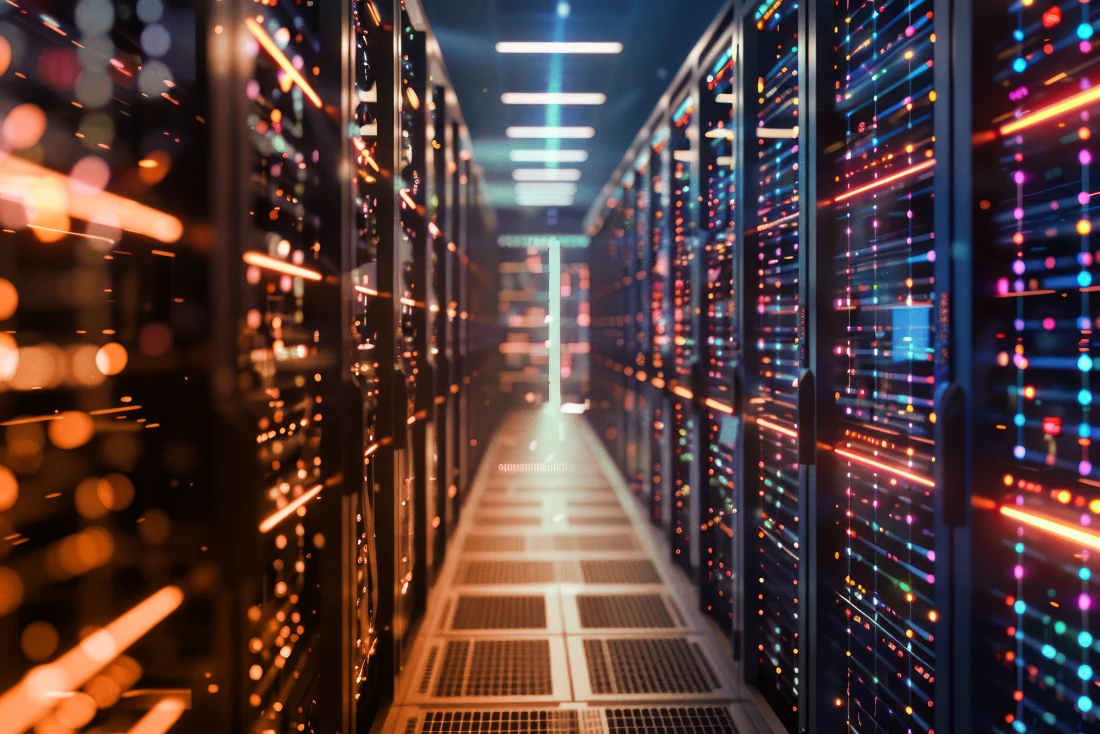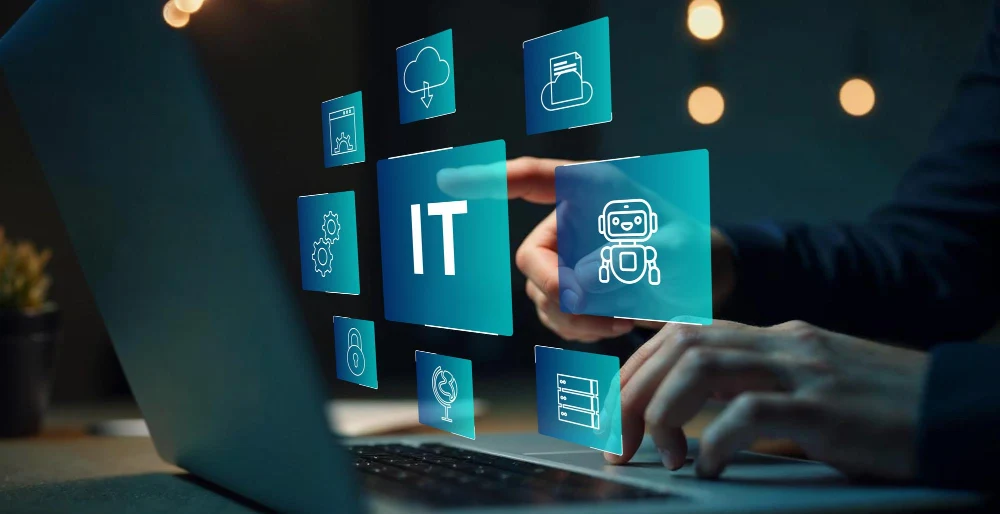Financial institutions spend over 70% of their IT budgets just keeping legacy platforms alive!
You can’t blame them. Despite all their shortcomings, legacy systems are so tightly woven into vital operations across industries that eliminating them is far from straightforward.
The real problem is not the systems themselves, but their low sense of adaptive capacity. Legacy architectures can’t anticipate what the next disruption will look like. Future-proofing means embedding intelligence that continuously senses change and maintains alignment between business logic and real-world conditions.
This is where Agentic AI offers a fundamentally different path. It embeds intelligent agents directly into operations that observe live context, autonomously resolve deviations, and evolve processes as environments shift.
Understanding The Legacy System Challenge
Agile operations are founded on flexibility and based on rapid iteration, continuous delivery, and real-time responsiveness to shifting customer needs. Legacy systems were never designed for this kind of tempo.
According to KPMG’s 2023 US Tech Survey, 65% of enterprise applications still run on legacy architectures, with 39% of business leaders citing these platforms as a primary barrier to digital transformation.
As per an article published on CIO, business leaders in various sectors have more concerns about different risks of sticking with the old, and why modernizing legacy applications is important:
- Excessive maintenance costs
“One of the clearest signs of an outdated system is rising IT maintenance costs.”- Stoyan Mitov, CEO, Dreamix
- Security vulnerabilities
“Outdated technology is ripe for exploitation. When systems age out of support, critical vulnerabilities go unaddressed and unpatched by their original application vendors.” - Gyan Chawdhary, CEO of Kontra
- Talent shortages in legacy stacks
“Once employees and customers have interacted with modern, seamless technology elsewhere, frustration with legacy systems becomes undeniable.” - Brian Jessen, Director, ServiceNow at ITech AG
- Poor information access
“A business can’t measure and improve performance if decision-makers don’t have access to relevant and actionable information, much of which may be inaccessible in legacy systems” - Andy Miears, Partner at Tech Research and Advisory, ISG
- Lack of flexibility to scale or pivot
“If your team is constantly inventing work-arounds, that’s a big warning sign” - Trevor Young, CPO, Security Compass.
- Incompatibility with new dev tools
“I think of legacy code as code that developers are afraid to change” - Eli Lopian, CEO, Typemock
AI-Ready Infrastructure Begins with Modernization
About 52% of tech leaders now view AI and machine learning as the most critical drivers of short-term business outcomes. It’s a given that AI (the likes of chatbots and LLMs) has been beneficial to business leaders and everyone else, but the one that can bring long-term business outcomes isn’t a plug-and-play upgrade.
Agentic AI has the potential to extend the value of AI in the long term. While it demands infrastructure capable of ingesting live data and executing actions autonomously, legacy application modernization clears the runway for this, and already about:
- 60% of businesses that migrated to the public cloud have already seen improved profitability, and 43% have achieved improved service levels
- And 56% of companies overall say returns from transformation exceeded expectations.
Agentic AI has the potential to compound these gains. iOPEX’s Agentic AI platform, ElevAIte, embeds agentic logic directly into systems, allowing AI models to interface with operational workflows, update parameters continuously, and execute policies without human escalation. It’s this agent-level autonomy that allows AI to scale beyond experimentation into durable, production-grade agility.
How To Modernize Legacy Applications Without The Risk
Most modernization failures happen not because of technology, but because of rushed, one-size-fits-all approaches that disrupt business continuity. The smarter path is phased and targeted:
- Assess: Identify which systems and user groups depend on each legacy app. Tie every dependency to clear business value as not everything old is equally mission-critical.
- Strategize: Decide whether to rehost, replatform, refactor, or rebuild.
- Modernize: Adopt microservices, APIs, containerization, or cloud-native tools to scale dynamically.
- Integrate: Enable interoperability between legacy anchors and modern systems. ERPs, CRMs, GenAI platforms, and third-party data pipelines must all function as a unified system.
- Automate: Introduce CI/CD pipelines, infrastructure-as-code, and DevSecOps practices to embed speed, security, and governance directly into deployment cycles.
Our Digital Engineering Services team at iOPEX helps enterprises navigate this journey using a risk-managed, business-aligned approach, from assessment to automation.
Legacy Application Modernization Strategies: Picking What’s Right For Your Business
A significant portion of technology modernization today is driven by Artificial Intelligence. Over the next three years, 92% of companies plan to increase their AI investments.
In order to modernize legacy applications sustainably at your company, you must choose paths that balance speed, disruption, and future flexibility:
- Rehosting (Lift-and-shift): Best suited for stabilizing fragile infrastructure quickly. Moves workloads to cloud environments without altering code, cutting hardware costs while buying time for deeper reengineering.
- Replatforming: Moves applications into containerized or PaaS environments. This approach preserves code investment while gaining elasticity and lower infrastructure complexity.
- Refactoring: Deconstructs monolithic systems into loosely coupled microservices. While more resource-intensive, this enables true agility and allows components to scale selectively and integrate easily with AI-driven or event-based architectures.
- Replacing or Retiring: Sunsets obsolete systems that no longer justify operational overhead. SaaS adoption replaces brittle in-house apps with scalable alternatives, reducing the burden on internal teams while strengthening functionality.
- Reimagining: Full rebuilds are rare but justified when customer experience demands radical transformation or AI-readiness becomes a strategic priority. This is where businesses design natively for real-time data orchestration, GenAI integration, and dynamic personalization.
Embracing the Future with Confidence
Legacy application modernization goes far beyond a tech refresh and more towards insulating against evolving risks. Investing in expert legacy application modernization services ensures organizations build functional systems and adaptive platforms engineered for continuous evolution
Future-proofing means designing systems that:
- Anticipate regulation shifts rather than scramble for late-stage compliance.
- Embed security orchestration that adapts dynamically as new services and integrations appear.
- Automate governance across both data flow and access controls without introducing manual bottlenecks.
This requires treating trust as architecture and not just stringent policies. iOPEX builds this foundation by integrating zero-trust principles directly into modernization pipelines, where every new service, API, or data exchange is automatically verified and governed.
Its AI-enhanced SIEM/SOAR and secure GenAI-powered monitoring continually recalibrates security models to ensure your transformation is both resilient and trusted.
Ready to experience the impact of agentic AI for yourself? Book a demo today and experience how iOPEX modernizes your business operations with intelligence, security, experience, and adaptability at the core.










